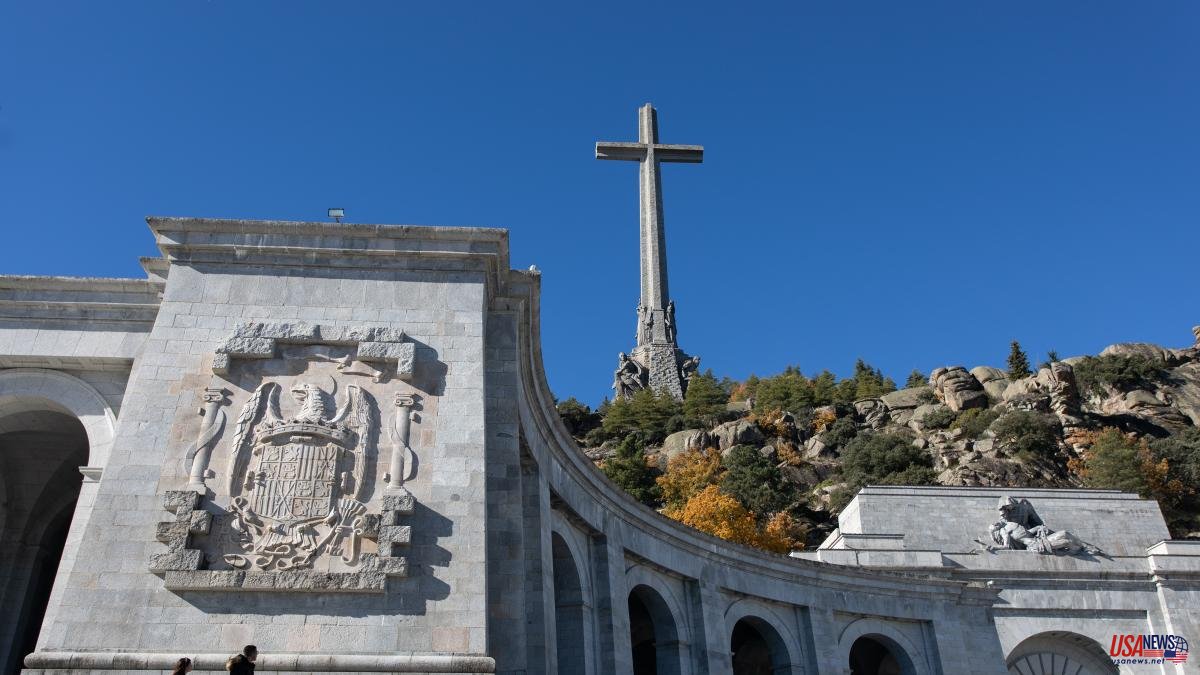The president of the Community of Madrid, Isabel Díaz Ayuso, has ordered the popular parliamentary group in the Madrid Assembly to withdraw its forces in the face of the possible consequences derived from the application of the Law of Democratic Memory and is advancing on a Bill of Law Regional Cultural Heritage that allows shielding the Valley of the Fallen.
"We also protect the avant-garde and traditions. For this reason, with the new Heritage Law we want to defend culture, cultural heritage and also religious symbols in the Community of Madrid, everyone's", Ayuso pointed out during the session of control in the plenary session of the Assembly, in response to a question from the Vox spokesperson, Rocío Monasterio, who has repeatedly requested the protection of the Valley of the Fallen.
The regional Chamber debates this Thursday the amendments of all the left-wing groups (Más Madrid, PSOE and Unidas Podemos) to this Heritage Law presented by the regional Executive. PP and Vox will knock them down, so the regulations will continue their parliamentary process.
Sources from the Ayuso Government have explained that the future Cultural Heritage Law provides for the possible protection of the Cruz del Valle de los Caídos, although the decision would be subject to the final decision of the technicians.
The text establishes a new type of heritage called ethnographic. Within it are included "all movable, immovable, intangible property, spaces or elements that constitute significant testimony and expression of the identity, culture and traditional ways of life of the Community".
Based on this description, the Bill includes in its article 73c as ethnographic heritage assets "religious architecture, including traditional Calvaries and crosses, as well as decorative elements and movable property directly related to the heritage asset to be protected" .
In this way, as these same sources have indicated, "this mention of the protection of the crosses could be applied to the Cruz del Valle de los Caídos, located in San Lorenzo de El Escorial and managed by National Heritage."
In any case, the regulated procedure for protection would remain in the hands of the technicians, who would have to determine the equity value of the assets to be protected within this category.













